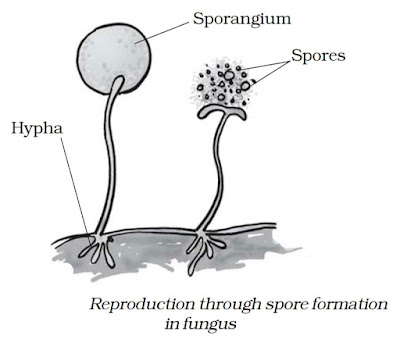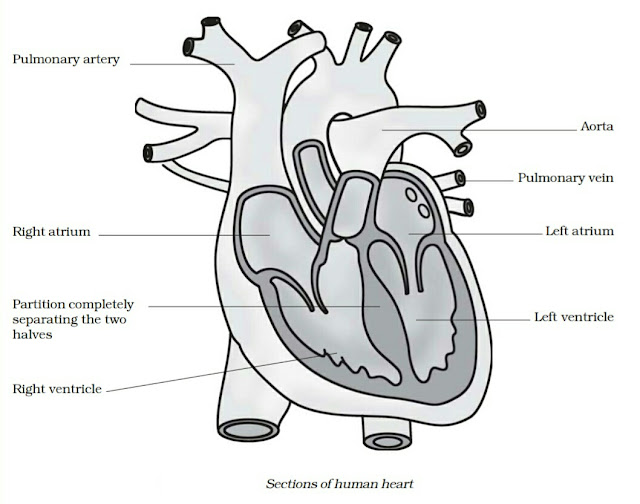Class 10 Science
Chapter- 1
Chemical Reactions and Equations Notes
Some Chemical reactions in Every Day life:-
- Milk is left at room temperature during summers.
- An iron tawa/pan/nail/ is left exposed to humid atmosphere.
- Grapes get fermented.
- Food is cooked.
- Food gests digested in our body.
- We respire.
Following observations help us to determine chemical reaction:-
- Change in state
- Change in colour
- Evolution of a gas
- Change in temperature
CHEMICAL EQUATIONS:-
The simplest way to do this is to write it in the form of a word-equation.
The word-equation for the above reaction would be –
Magnesium + Oxygen → Magnesiumoxide
(Reactants) (Product)
A word-equation shows change of reactants to products through an arrow placed between them. The reactants are written on the left-hand side (LHS) with a plus sign (+) between them. Similarly, products are written on the right-hand side (RHS) with a plus sign (+) between them.
The arrowhead points towards the products, and shows the direction of
the reaction.
Writing a Chemical Equation:-
we use chemical formulae instead of words. A chemical equation represents a chemical reaction. e.g.
Count and compare the number of atoms of each element on the LHS and RHS of the arrow. The number of atoms of each element the same on both the sides.
in a chemical reaction are the same on the reactant and product sides of the equation. Equations must always be balanced.
In Symbols:-
This is balanced Equation because both side all elements are same each type. So it Called Balanced equation.
Balanced Chemical Equation:-
A chemical equation is balanced so that the numbers of atoms of each type involvedin a chemical reaction are the same on the reactant and product sides of the equation. Equations must always be balanced.
This is balanced Equation because both side all elements are same each type. So it Called Balanced equation.
Unbalanced Chemical Equation:-
In Unbalanced Chemical Equation the numbers of atoms are the different(not same) on the reactant and product sides of the equation. For Example:-
Balancing Equations
Step-I
first draw boxes around each
formula.
Step-II
List the number of atoms of different elements present in the unbalanced equation.Step-III
Select the element which has the maximum
number of atoms.
and Then,
Step-IV
Oxygen atoms balanced but another atoms not balanced. So, Balance another atoms. Like-Step-V
Pick up the next element which is not balanced.
Step-VI
Finally, to check the correctness of the balanced equation, we count atoms of each element on both sides of the equation.
Step-VII
Writing Symbols of Physical States.
Types of chemical Reactions:-
Combination Reaction-In this reaction a single product is formed from two or more reactants is known as a combination reaction.
Decomposition Reaction
In a decomposition reaction, a single substance decomposes to give two or more substances.
Displacement Reaction-
When an element displaces another element from its compound, a displacement
reaction occurs.
Double Displacement Reaction-
Two different atoms or groups of atoms (ions) are exchanged in double displacement reactions.
Redox Reaction-
The processes of oxidation and reduction occur simultaneously and cannot happen independently of one another.
Corrosion-
When a metal is exposed to moisture, air, acid etc. for some time, a layer of hydrated oxide is formed which weakens the metal and hence metal is said to be corroded.Examples- Rusting of iron, black coating on silver and green coating on copper.
Corrosion can be prevented by galvanization, electroplating or by putting paints.
Rancidity-
The oxidation of fats and oils when exposed to air is known as rancidity. It leads to bad smell and bad taste of food.Methods to Prevent Rancidity-
(i) By adding antioxidants
(ii) Keeping food in air tight containers
(iii) Replacing air by nitrogen
(iv) Refrigeration






































